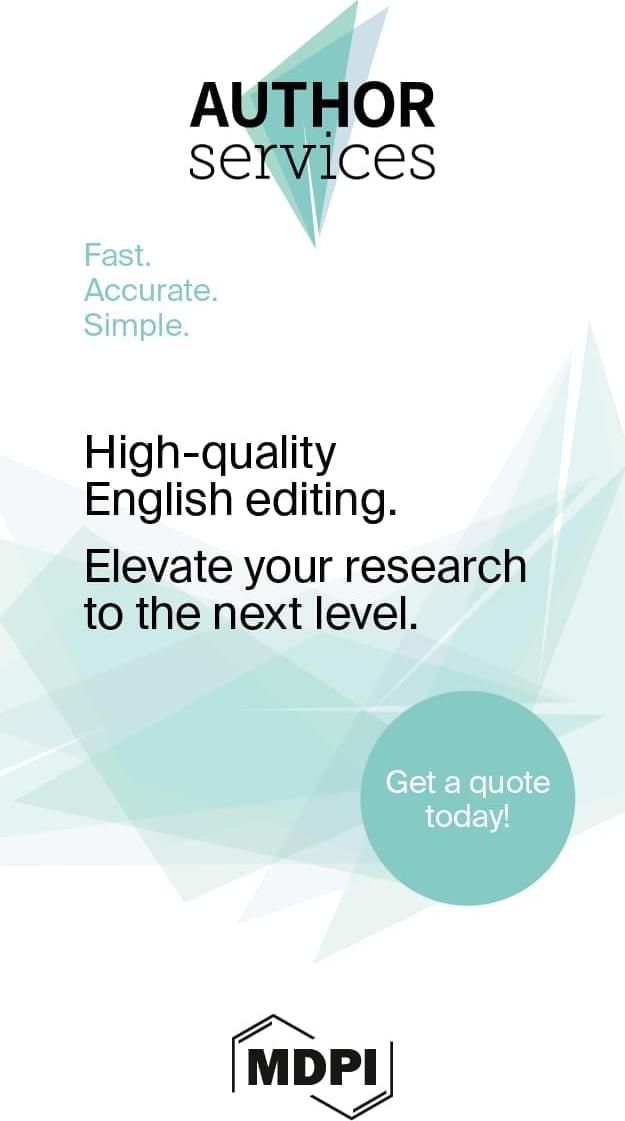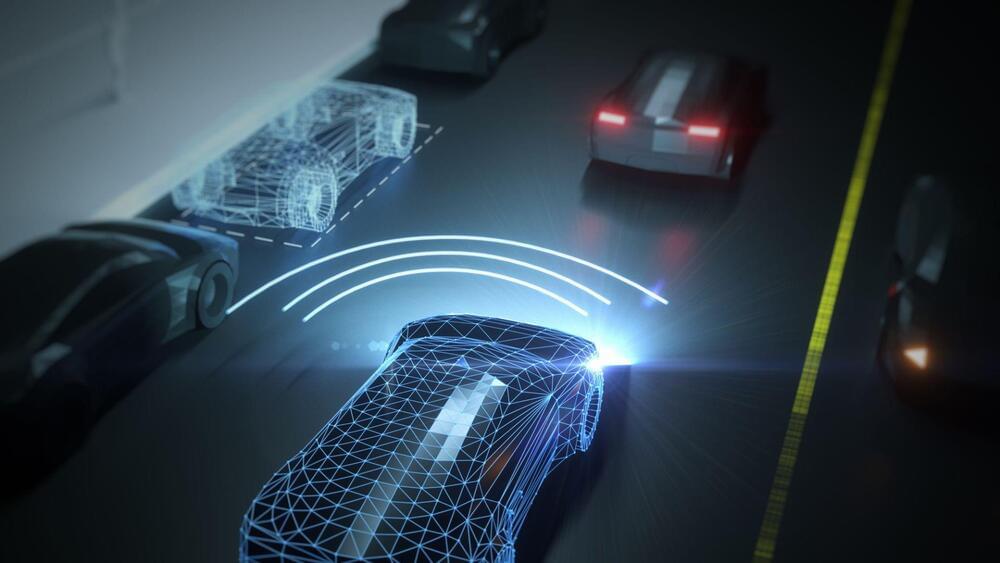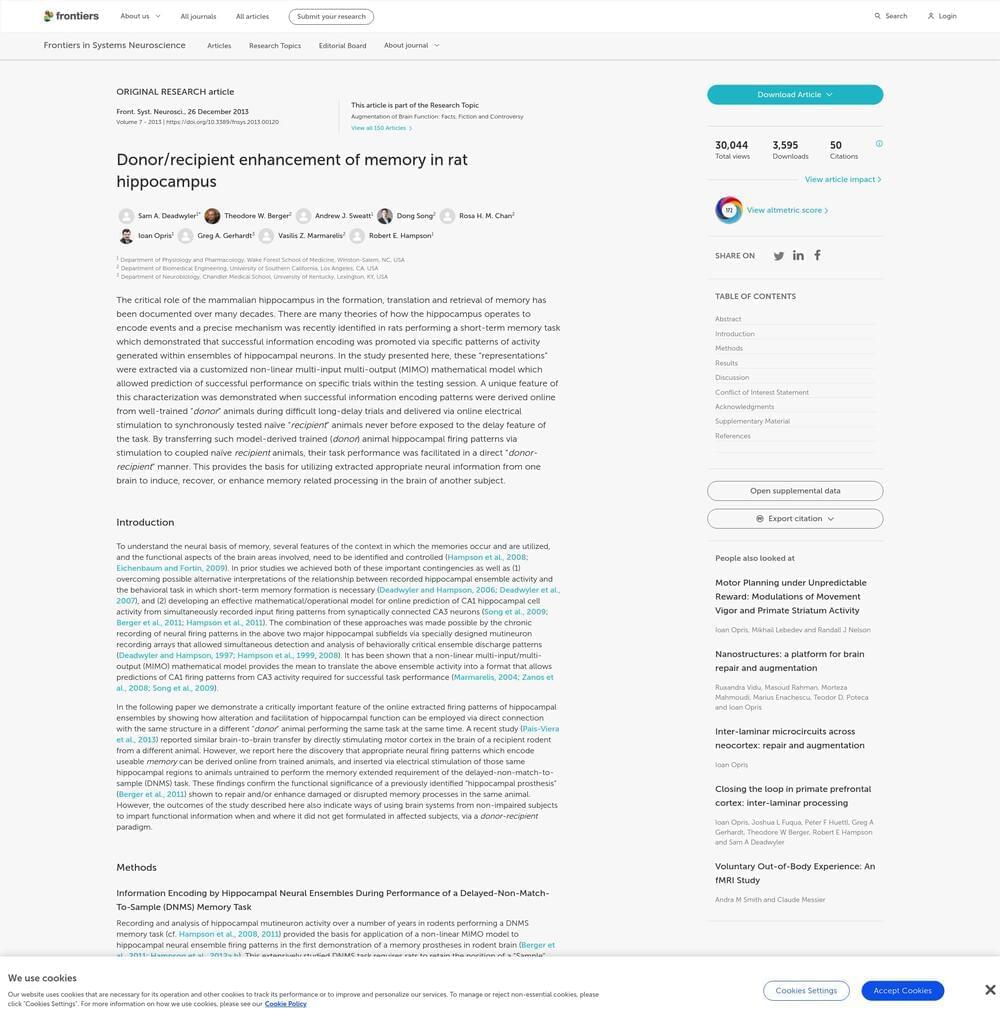Feb 23, 2024
Universality and Complexity in Natural Languages: Mechanistic and Emergent
Posted by Cecile G. Tamura in category: mathematics
What is universal in natural languages? To answer that, deep connections need to be made between universal grammar, written codes, statistical patterns and Universal Turing machines.
Human language is a prime example of a complex system characterized by multiple scales of description. Understanding its origins and distinctiveness has sparked investigations with very different approaches, ranging from the Universal Grammar to statistical analyses of word usage, all of which highlight, from different angles, the potential existence of universal patterns shared by all languages. Yet, a cohesive perspective remains elusive. In this paper we address this challenge. First, we provide a basic structure of universality, and define recursion as a special case thereof. We cast generative grammars of formal languages, the Universal Grammar and the Greenberg Universals in our basic structure of universality, and compare their mathematical properties. We then define universality for writing systems and show that only those using the rebus principle are universal.


















